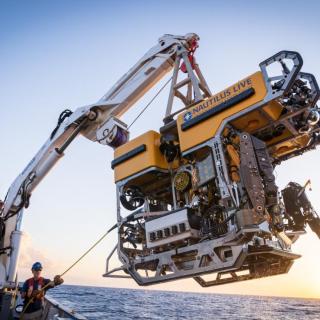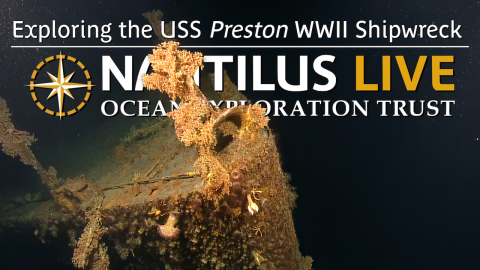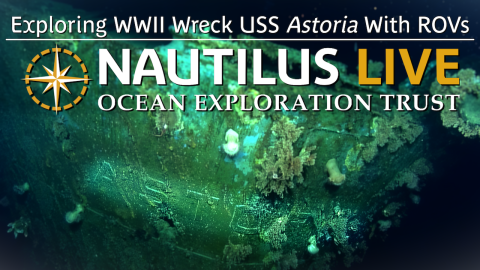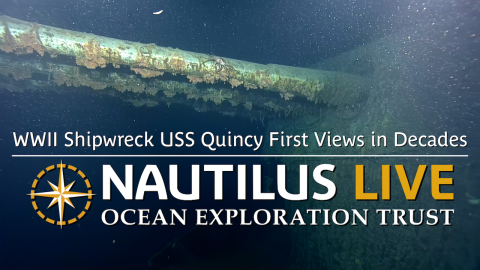Exploring the Maritime Archaeology of the Iron Bottom Sound
Join Ocean Exploration Trust and partners exploring the maritime archaeology of the Iron Bottom Sound, Solomon Islands. Led by OET President and renowned explorer Dr. Robert Ballard, the team will spend three weeks utilizing our ROVs from E/V Nautilus in conjunction with the mapping capabilities of the University of New Hampshire’s uncrewed surface vessel, USV DriX, to demonstrate new efficiencies in archaeological ocean exploration.
Eighty years after the war, this expedition brings together archaeological experts from former combatant nations — the United States, Japan, Australia, and New Zealand— as well as interdisciplinary experts worldwide through the Scientist Ashore program. In locating and exploring historically significant vessels, this expedition aims to honor those lost and keep alive the memory of sacrifices made during the Solomon Island campaign, as well as highlight the significance of this unique place globally.
This expedition is supported by NOAA Ocean Exploration via the Ocean Exploration Cooperative Institute. This exploration is made possible by the expertise, support, and collaboration of many partners, including NOAA Ocean Exploration, U.S. Naval History and Heritage Command, Solomon Islands government, University of New Hampshire Center for Coastal and Ocean Mapping/Joint Hydrographic Center, University of Rhode Island, and Japanese, Australian, and New Zealand archaeological colleagues.

Maritime Archaeology of Guadalcanal: Iron Bottom Sound
Located in the Solomon Islands between the islands of Guadalcanal, Savo, and Nggela, Iron Bottom Sound was the stage of five major naval battles between August and December 1942 which resulted in the loss of over 20,000 lives, 111 naval vessels, and 1,450 planes. These underwater cultural heritage sites now rest on the seafloor offshore Honiara in a confined area less than 25 nautical miles wide, 40 nautical miles long, and 1,400 meters deep.



